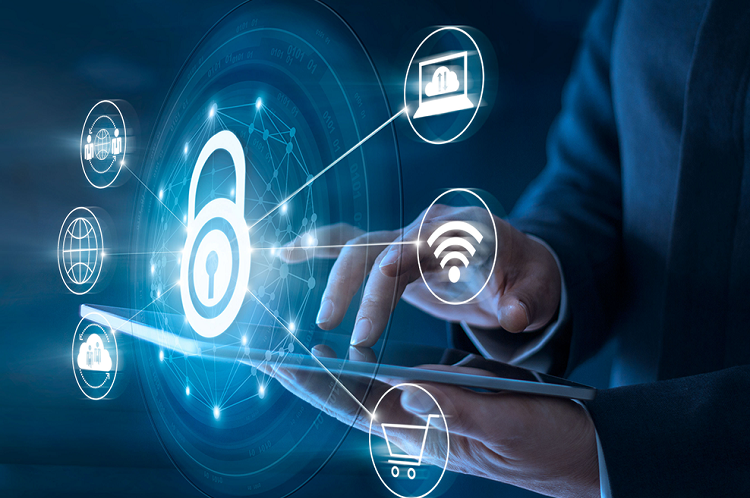

We are still living in the aftermath of COVID-19. The highly contagious virus is still a major concern for businesses and individuals, even with vaccines rolling out across the globe. The virus changed many things about the way we live now, and companies, individuals, and institutions have slowly adopted the new normal.
COVID-19, which has claimed so many lives around the world, has impacted the way companies do business and how they approach security issues. The virus has had a huge impact on business security monitoring, as the need for employees of any company to feel safe protected, which had changed almost overnight.
The providers of various business surveillance systems have also adapted to new technologies to limit exposing the users of their systems to COVID-19, and to prevent spreading the virus in offices and workplaces. The systems manufactured today are designed to ensure that they go hand in hand with the changing priorities of many companies around the world.
Before COVID-19, it was all about customers, but amid this global pandemic, priorities have changed to ensuring the safety and health of employees and business visitors. The manufacturers of security monitoring systems for companies have also taken note of the changed priorities and adapted more secure technologies in response to a rise in remote and hybrid work.
In this article, we see some of the new technologies that business security surveillance system manufacturers have adopted in response to the pandemic.
The introduction of contactless technology
It is now common to find systems for a business that use contactless business surveillance technology to ensure operators are not at risk of spreading or contracting COVID-19.
Several approaches have been taken to ensure that the new systems are as contactless as possible. These includes:
Now it is possible to have a system that uses voice only to identify who is who, and allow access to a restricted area. Voice-activated technology can be two-way, like an intercom, or it can be used instead of more traditional access methods. You can simply speak your passcode or employee ID, eliminating the need to enter PINs or passwords.
As an ongoing challenge to make the systems as secure as possible, the manufacturers of surveillance systems allow users to be identified by just their faces, without touching anything. Systems that use a built-in camera and facial recognition can verify identities by analyzing a face to either open or deny access to any entrance.
There is no doubt that the scope of business security surveillance has expanded during this time when everyone is extremely cautious. The business security surveillance sector, once dominated by a few players, has now become a critical sector utilizing the best technologies available. With the need for upgrades to the existing system to match with rising demand, many have joined the sector.
There has been an increase of cloud-based and remote technologies made available to businesses. We have also seen a greater number of business security surveillance manufacturers offering mobile and web-based monitoring products in the wake of COVID-19.
Conclusion
So there is no doubt that security systems have changed amid the current global pandemic. Today’s technology eliminates touch points, and more systems can be managed remotely. The roles, functionalities, and modules of enterprise security surveillance systems have changed to meet the safety and health needs that many organizations face amid COVID-19.
In the modern business landscape, maintaining robust connectivity across devices and equipment provides invaluable visibility…
It is normal to think of dark web monitoring from the perspective of the company…
The Evolution of Inventory Tracking RFID inventory management software is transforming how businesses track, manage,…
The Unexpected Costs of Unprotected Windshields Polaris Ranger windshields protection is more than just a…
Probably one of the best things people do to secure their finances is the purchase…
The iPhone 15 is still a great buy Released in 2023, the iPhone 15 brought…